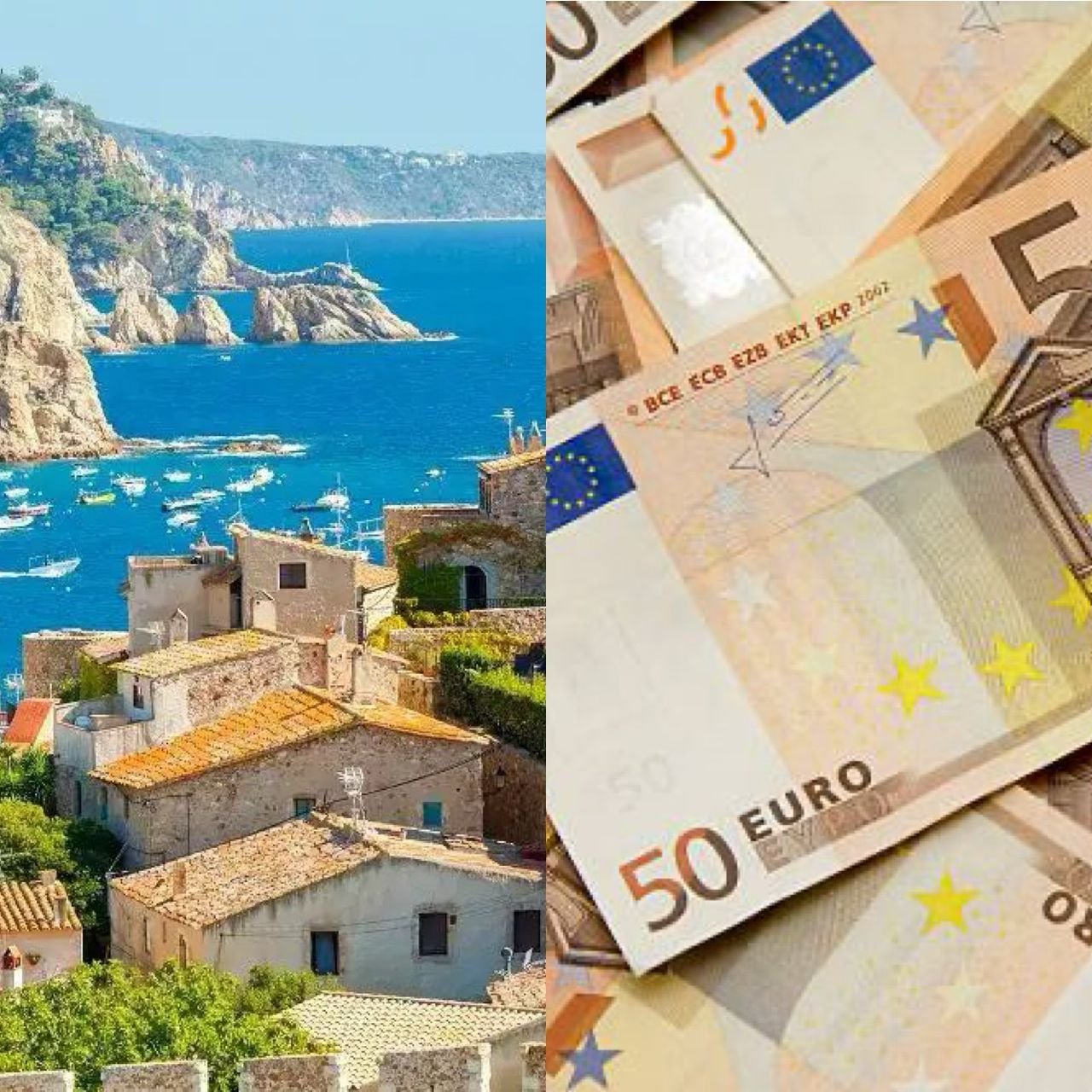The assertions appear to contribute to a broader narrative of misinformation that European countries are attempting to eradicate currency.
After news reports surfaced alleging that the €50 banknote is on its way out, the internet has been inundated with claims that Spain is discontinuing its use.
The article asserts that the banknote’s existence is limited, as it will be withdrawn in April, and that there is no turning back.
Despite the fact that it was subsequently taken offline, the move prompted a sense of panic among thousands of citizens, who were concerned that it would have a detrimental impact on their finances.
The claims, however, are unfounded: Spain’s central bank has verified that it has not ordered the discontinuation of any banknote, that all notes can continue to be used as usual, and that none of them will lose their value.

It clarified the potential source of the confusion: the central bank conducts routine checks on the quality and authenticity of notes returned from credit institutions as part of its daily operations.
Notes and coins that are determined to be unsuitable for circulation are withdrawn, destroyed, and replaced with new ones, while those that are in excellent condition are reinstated.
The Bank of Spain stated that it performs this action for all denominations, not just €50. It also emphasised that a banknote’s value remains intact and can be exchanged for a new one in the event of damage.
The bank stated that one of the reasons for maintaining the condition of banknotes is to facilitate the verification of their security features. “Banknotes are designed to endure, but they typically exhibit signs of wear and tear as a result of regular use.”
EuroVerify contacted the Bank of Spain for additional information; however, it directed us to its press release.
In fact, other news reports have been published that make this minor distinction: they specify that only a limited number of €50 notes will be withdrawn from circulation, rather than a complete ban, and they provide instructions on how to exchange old and worn notes.
Italy has also been the subject of similar fraudulent claims, specifically that the European Central Bank (ECB) is prohibiting the use of €50 banknotes in April as part of a strategy to combat money laundering and terrorist financing.
Nevertheless, Italian fact-checkers have already refuted these rumours, asserting that neither the ECB nor the Bank of Italy have made any such decision.
“No euro banknote or coin has been ordered to be withdrawn by Banco de España or any other central bank within the euro area,” the ECB informed EuroVerify. The value of all euro banknotes is preserved and they are still in circulation.
The disinformation narrative that European countries are attempting to supplant cash with a digital euro is further fuelled by the rumours of banknotes being withdrawn.
Some argue that this will grant the authorities control over the money of citizens, enabling them to block transactions and have a greater influence over their expenditure.
Nevertheless, the European Central Bank (ECB) and other central banks in Europe have consistently stated that any digital currency would serve as an adjunct to cash, rather than a replacement.
The rationale behind the enhancement of financial security through the replacement of currency
EuroVerify was informed by experts that it is entirely appropriate for financial institutions to withdraw and eliminate old, damaged notes in order to prevent criminal activity.
“All central banks conduct routine updates of their banknotes and security features,” stated Rainer Böhme, a professor of security and privacy at the University of Innsbruck in Austria. “The Eurosystem maintains the status of valid payment instruments for older banknotes.” There is no necessity to replenish the cash that is concealed beneath the mattress.
He further stated, “To the best of my knowledge, this is a practice that every commercial bank implements prior to replenishing ATMs.” “The priority of the denominations that are replaced is contingent upon the trends in counterfeiting that have been observed.”
According to Michael Levi, a professor of criminology at the University of Cardiff in Wales, the UK, the reason why €50 banknotes are more susceptible to tampering is that they are simpler for criminals to manage in bulk.
“Obviously, the larger the denomination, the easier it is for criminals to store, as they require less space and weight for value. However, they would have to exchange lower denomination notes for €50 ones, as not many drug purchasers are likely to have them,” he stated.
He continued, “Notes that exceed €50 in certain jurisdictions may appear suspicious and be difficult to exchange.” “It is possible that damaged €50 notes are more difficult for individuals to determine whether they are genuine and for automatic machines to analyse. Alternatively, it is possible that they are more likely to be damaged as a result of the lifestyles of street criminals.”
Leave a Reply